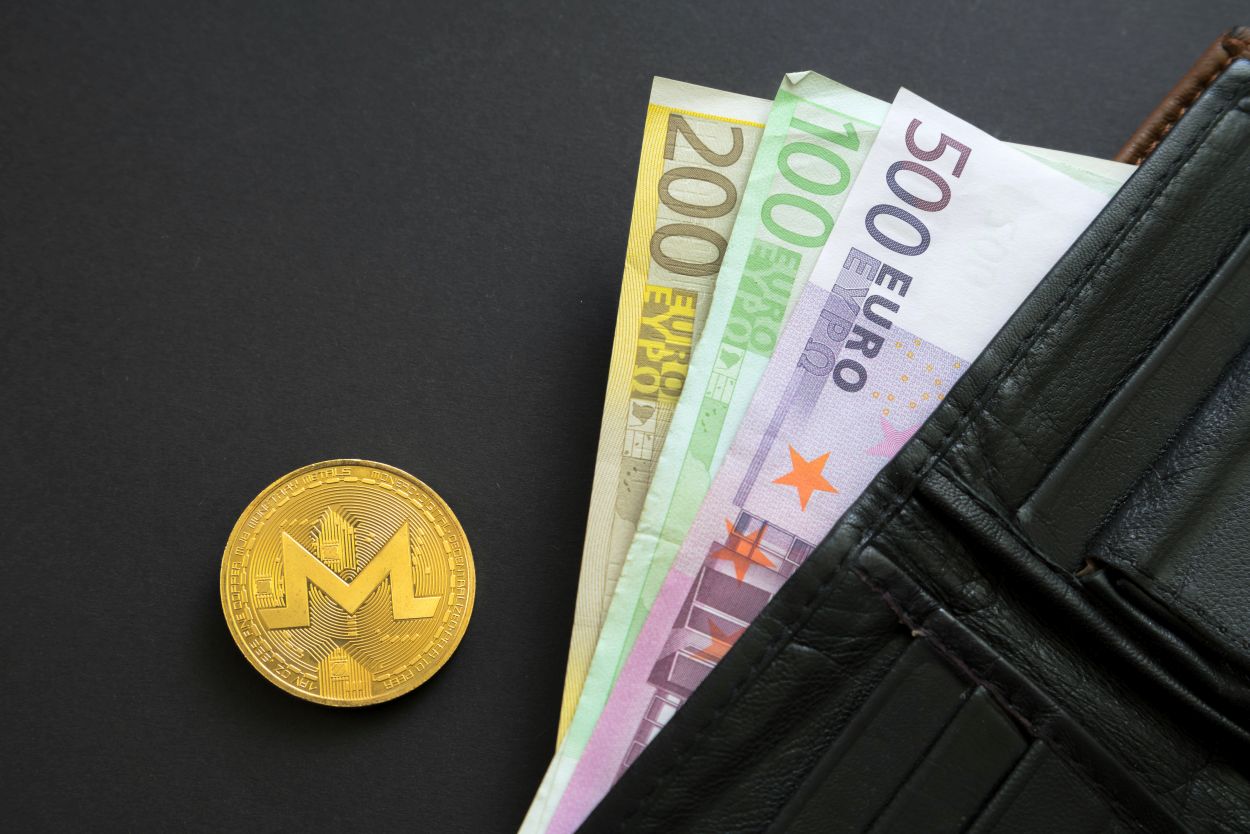The dollar started the week lower from multi-year highs, and higher-than-expected inflation in New Zealand provided moderate support to the New Zealand dollar, although concerns about gas supplies to Europe limited sales of the greenback.
The dollar has risen sharply this year, thanks to a combination of rising interest rates in the US and volatile economies in Europe and China. Last week, for the first time in almost 20 years, it exceeded parity against the euro, and then fell again.
The euro was last worth $1.00955, while the yen, which has fallen about 17% this year, has stabilized at $138.37. The New Zealand dollar and the Australian dollar rose after inflation in New Zealand reached a three-decade high.
Traders held their breath ahead of Thursday, when gas is expected to start flowing back through the Nord Stream pipeline from Russia to Germany after a scheduled maintenance shutdown.
„If it doesn’t, it will be very bad for many currencies,” said Joseph Capurso, head of international economics at Commonwealth Bank of Australia, with the euro likely to be the biggest loser and the dollar the biggest gainer.
Uncertainty overshadows the European Central Bank meeting, also due on Thursday, where policymakers are expected to kick off a cycle of rate hikes in Europe with a 25 basis point (bp) hike.
An additional obstacle for the eurozone is the political crisis in Italy. Prime Minister Mario Draghi resigned last week after failing to get support from the 5 Star Movement coalition party for his plan to fight price spikes.
In Asia, markets are closely following the meeting of the Chinese central bank on Wednesday and the Bank of Japan on Thursday.
„It is a blessing in disguise that China is not currently facing imminent or increased inflationary pressures, allowing policymakers to pursue easing policies to support the recovery,” said Peiqian Liu, China economist at NatWest Markets.
„However, as the Fed’s hawkish stance and China’s deleveraging policy limit the ability of the People’s Bank of China to cut rates aggressively or consistently, we continue to expect fiscal easing to be the main policy lever in the second half of the year.”
In the spot market, the mainland yuan last changed hands at 6.7468 per dollar, rebounding slightly from Friday’s two-month low of 6.77. The offshore yuan was 6,756.
Likewise, no change is expected from the Bank of Japan, which is expected to maintain its ultra-soft policy, which means even more pain for the beleaguered yen.
Rise expectations firmed slightly in Australia and New Zealand after data released on Monday showed New Zealand’s inflation hit a 30-year high last quarter.
A 7.3% year-on-year rise in prices beat expectations, raising rates on two-year swaps by nearly 10 basis points and pushing the New Zealand dollar up 0.5% to a weekly high of $0.6191. It last traded at $0.61695.
The Australian dollar rose 0.3% to $0.6804.
The US Dollar Index remained steady at 107.86, marginally below last week’s 20-year high of 109.290, although few seem ready to say the dollar’s gains have peaked just yet.
The Federal Reserve will meet later in July and is expected to raise the US benchmark interest rate by 75 basis points. While this is more conservative than the 100bp increase that markets were pricing at some point last week, it’s still quite a significant increase.
„There is a fixation that the dollar could weaken,” HSBC analysts said in an outlook report, which instead raised the bank’s outlook for the dollar as a whole.
“Too much attention has been paid to the weaknesses of the dollar, but not enough to the growing weaknesses in other countries that lead to a revaluation of the value of the dollar.
„Global growth is slowing and downside risks are increasing, which is positive for the US dollar…this dollar bull trend is not over yet.”
